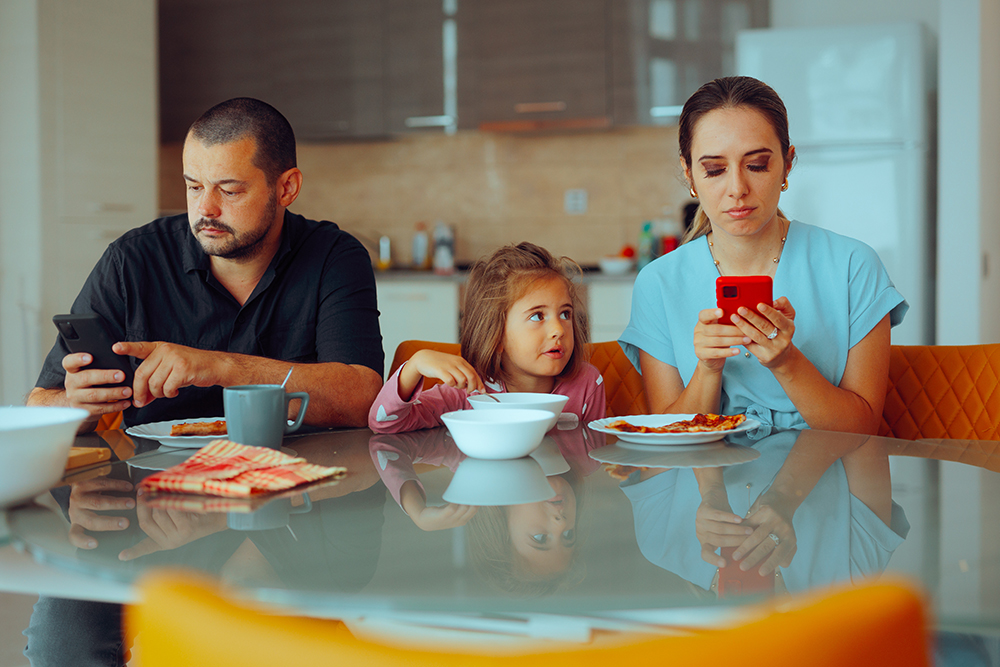Call Waiting? Smartphones Affect Children’s Language Development

It’s a familiar scene – scrolling through your phone while your child plays nearby. Maybe you’re checking messages or catching up on the news.
During a busy day, it’s natural to turn to your smartphone, but new research suggests small changes in how and when you use your phone may have a big effect on your child’s opportunities for language learning.
What the Research Says
A recent study conducted in the United States found that, when parents turn their attention to their phones, they speak less to their child. Researchers recorded families over a week to see how often parents were on their phones and the number of words they used with their infant child.
There were two important findings:
- Parents Provide Less Language During Phone Use
When parents were on their phones, they spoke to their children 16% less. This effect was even greater when they were on their phones for shorter periods. When parents used their phones for 1-2 minutes at a time, they spoke to their child 26% less. - Phone Use Increases at Certain Times of Day
Parents used their phones most often during daily routines like meals or at the end of a school day – times when a child often has a lot they want to say!
Why Phone Use Matters for Children
Your child learns to communicate by participating in enjoyable interactions with you about the things that matter to them. It’s within these everyday interactions that the language you use is most motivating for your child to learn. So, if you are on your phone, your child has fewer opportunities to learn to communicate.
How You Can Make a Difference
You don’t have to completely avoid your phone! But focusing on what interests your child and communicating about that can make a big difference in supporting your child’s development.
The Hanen strategy Observe, Wait, and Listen™ (OWL™) helps you connect with your child throughout the day. Daily routines like getting dressed, mealtimes and bath time are rich opportunities for building the back-and-forth interactions that lay the foundation for communication development.

Observe
Watch what your child is interested in. By tuning in to your child, you will be ready to respond by talking about what interests them.
Wait
Pause and give your child time to communicate, without saying anything.
Listen
Respond to your child’s communication in a way that shows you’re paying close attention. When your response relates specifically to what your child is interested in or has communicated, your child will be more likely to keep the interaction going.
When you OWL™ with your child, you create rich opportunities for language learning.
Small Changes, Big Improvements
As a parent, your days are very busy! By making mindful choices about when to use your phone, you can create more opportunities to connect with your child. The Hanen approach gives you the tools you need to support your child’s communication development throughout the day.
Explore more articles with strategies to build your child’s language development.
Similar articles by tag:
